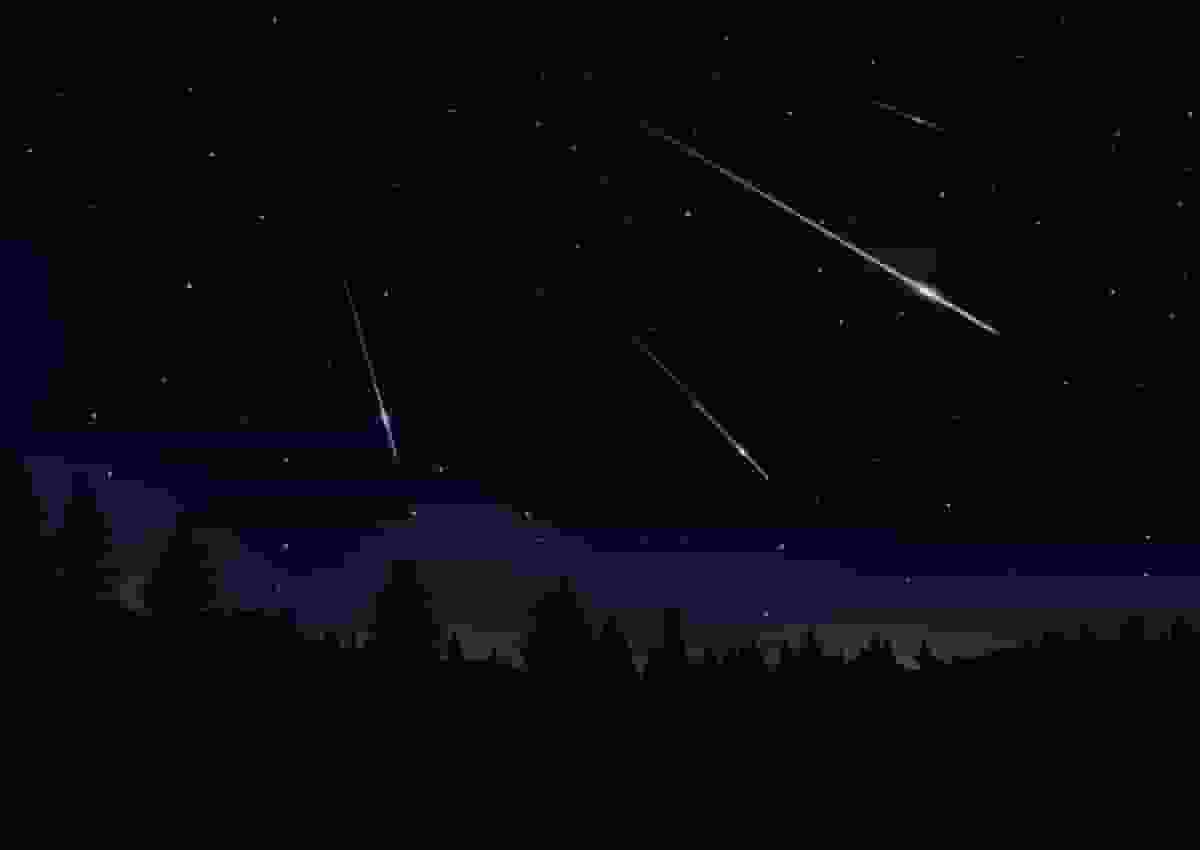An astronomer from the Observatoire de Paris, Jeremie Vaubaillon, and his team recently made a discovery that says there may be a new meteor shower in December 2023. The event has something to do with Comet 46P/Wirtanen, a space rock that is moving quickly around the sun and last came close to Earth in 2018.

Geminids Meteor Shower (Photo: IMO)
ARE YOU A METEOR FAN?
The meteor shower might be called the “Lambda-Sculptorids,” and it’s likely to happen on December 12, 2023, between 8:00 and 12:30 UT. The amount of activity in the shower is unknown because nothing similar has been reported in the past. It is expected that Eastern Australia, New Zealand, and Oceania will be the best places to make observations.
According to Space.com, A team of scientists led by Observatoire de Paris astronomer Jeremie Vaubaillon wanted to answer the question of why Earth hasn’t experienced a meteor shower created by debris from Comet 46P/Wirtanen before. What they discovered is that such an event is due to occur on Tuesday, Dec. 12, 2023. “The results show a possible encounter forecast for Dec. 12, 2023, between 8:00 and 12:30 UT [0300 and 0730 EST]. The activity level of the shower is highly uncertain due to the absence of reported past showers,”
They’ve published their paper on their observations on the possibility of a new meteor shower occurring in December 2023.
The possible new meteor shower happens at the same time as the well-known Geminids. Both will be at their brightest on the nights of December 13 and 14. Due to how rare these events are, this scientific finding not only opens up new opportunities for space fans but also for scientists to observe and study them.
READ ALSO: Washington DC Crowned Brightest US City In December When Viewed From Space
The International Meteor Organization (IMO) wants scientists, meteor fans, and other observers to make scientific observations and report their results as this exciting celestial event gets closer. Witnessing and studying a possible new meteor shower could give us new views into cosmic events and help us learn more about the universe.
This finding opens up a new area of scientific study. It shows how mysterious our solar system still is and how discoveries could help us learn more about things that happen in space.
READ ALSO: U.S. Space Force Aims To Track ‘Abnormal Observables’ Of Unknown Origins In Earth’s Orbit




![Tyson Foods Plant [Photo: Food Manufacturing]](https://southarkansassun.com/wp-content/uploads/2023/08/iStock_1185520857__1_.5e441daa51cca-600x337.jpg)







![Silverado Senior Living Management Inc. [Photo: Los Angeles Times]](https://southarkansassun.com/wp-content/uploads/2023/10/download-6-4-600x337.jpg)

![China's Wuhan Institute of Virology [Photo: Nature]](https://southarkansassun.com/wp-content/uploads/2023/09/d41586-021-01529-3_19239608-600x337.jpg)
















